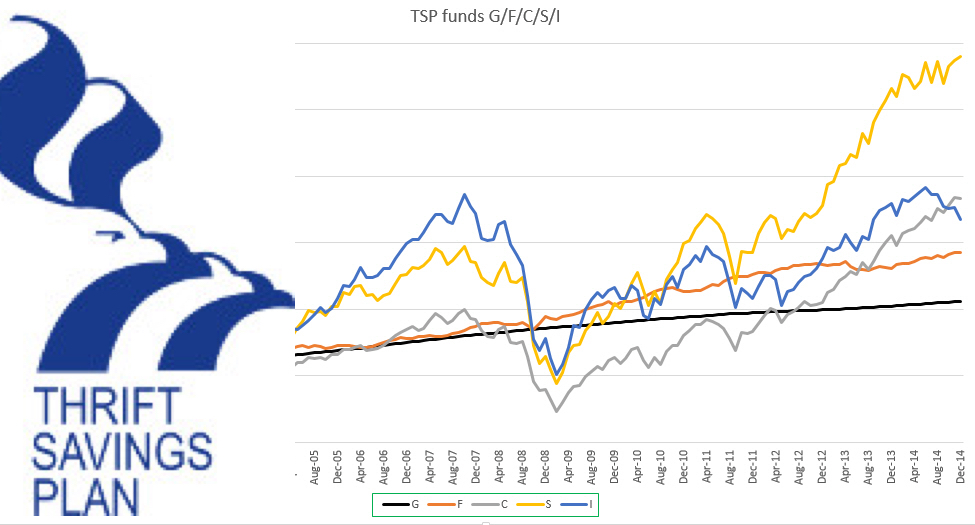New TSP Changes are Geared for Retirees

September 15th marks the launch for the new and improved TSP, with most of the changes being implemented geared towards retirees and people who have left government service, with only a handful of the new options designed for people currently working still.
In the past, if you had a traditional and Roth account, any withdrawals had to be taken from the two of them in equal parts. Meaning if you wanted to take $10,000 dollars out, you’d have to draw $5,000 dollars from each account. That is no longer the case, as you can now remove money from either account in any ratio you choose.
One of the changes that will happen to effect people still working is in regards to the waiving the fees and taxes of someone who is over the age of 59.5 but is not yet retired, and who takes a lump sum out of their account. Previously, this kind of transaction was permitted only once per employee, but with the new changes, you can make up to four of these kinds of withdrawals annually, though there is still a refractory period of 30 days between each withdrawal.
Now for retirees, there are many more changes afoot. For those who are retired and looking to withdraw from their TSP, the rule used to be only one partial withdrawal option allowed, and if you took a lump sum payment while you were working still, that option was off the table. But now, with these new changes in place, a retired employee can have as many partial withdrawals as they want without any negative repercussions. If you have other accounts in the TSP, as say an employee and a service member, they will remain separate and the 30-day refractory period does not carry over between them.
Retirees will also see new options when it comes to payouts on their account. These installment payments will come to you on a fixed timeline, either yearly, quarterly, or every month, and the amount received from them is based on life expectancy.
Installment amounts are also not fixed, as you will now have the ability to change how often you receive these payments, or how much of your savings are going into each payment. Previously, you were only allowed to make these changes once a year when open enrollment was going on. And on top of that, if you decide to halt your installment payments for any period, you will no longer be required to take the rest of your money in a lump sum, as was previously mandated, instead having the option to put the money into an annuity instead, or combine it with a partial lump-sum payout. Whatever you desire.
Additionally, if you’re payments are coming from one account, say your traditional account, and the money runs dry, it will automatically switch over to the other account, like a Roth, for a seamless paycheck still deposited into your checking account.
One thing that won’t see a change is if you switch to a fixed dollar payment from a life expectancy based payment, you will still not be able to switch back afterward. That said, the deadline for making those decisions (which used to be April 1st after you turn 70.5 years old) is no longer as stringent as it was, though it is still advised to do so before then, as once that date as passed you will be required to take a certain minimum amount out of your account, which will be sent to you automatically, if you have not selected your desired payout method.







